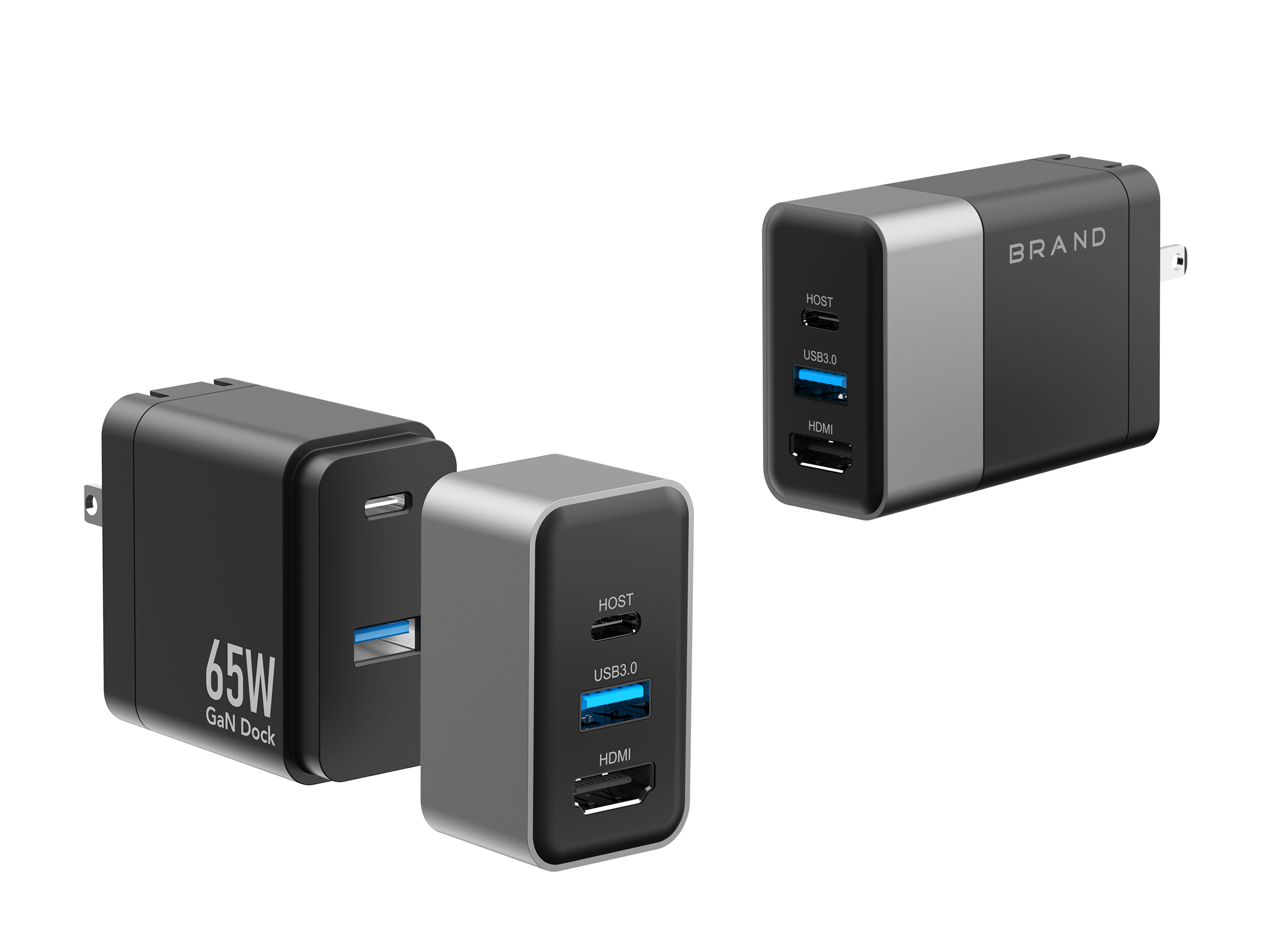Exploring the Capacity of a Hub and its Impact on Network Connectivity

A hub is a device commonly used in computer networks to connect multiple devices such as computers, printers, and servers. It serves as a central connection point, allowing these devices to communicate with each other. However, one might wonder if there is a limit to the number of computers that can be connected to a hub.
Understanding the Functionality of a Hub
A hub works on the physical layer of the network and operates as a simple device that broadcasts data it receives to all connected devices. When a computer or other network device connected to the hub sends data, the hub forwards it to every other device connected to it. This method of communication is known as "broadcasting."
Unlike more advanced networking devices, such as switches, a hub does not have the ability to filter or manage network traffic. Consequently, the number of devices that can be connected to a hub is limited.
Capacity Limit of a Hub
A hub typically has a limited number of ports designed for connecting devices. Commonly available hubs come with 4, 8, or 16 ports, but some high-density models may offer more. Each port on the hub allows for the connection of one network device. Therefore, the maximum number of computers that can be connected to a hub depends on the number of available ports it has.
It is important to note that as more devices are connected to a hub, the overall network performance may degrade. This is because a hub shares the available bandwidth among all connected devices. As the number of devices increases, the available bandwidth per device decreases, potentially leading to slower data transmission and overall network congestion.
Moreover, hubs operate in half-duplex mode, which means that data can only be transmitted in one direction at a time. This further impacts network efficiency as data collisions and retransmissions can occur when multiple devices attempt to transmit data simultaneously.
Alternatives for Network Expansion
If the number of devices to be connected to a network exceeds the capacity of a hub, there are alternative solutions available. One option is to use a switch rather than a hub. Unlike hubs, switches have the ability to manage network traffic and provide dedicated bandwidth to each connected device, enhancing network performance.
In addition to switches, more advanced networking equipment, such as routers, can be used to create subnets or connect multiple networks together. This allows for greater scalability and flexibility in expanding the network beyond the limitations of a single hub.
Conclusion
While hubs provide a simple and cost-effective way to connect devices in a network, they do have limitations when it comes to the number of computers that can be connected. The capacity of a hub is determined by the number of available ports, and as more devices are connected, network performance may suffer. It is crucial to consider alternatives like switches or routers to ensure efficient network connectivity as the number of devices increases. By choosing the appropriate networking equipment, one can build a robust and scalable network infrastructure to meet the demands of modern computing environments.



